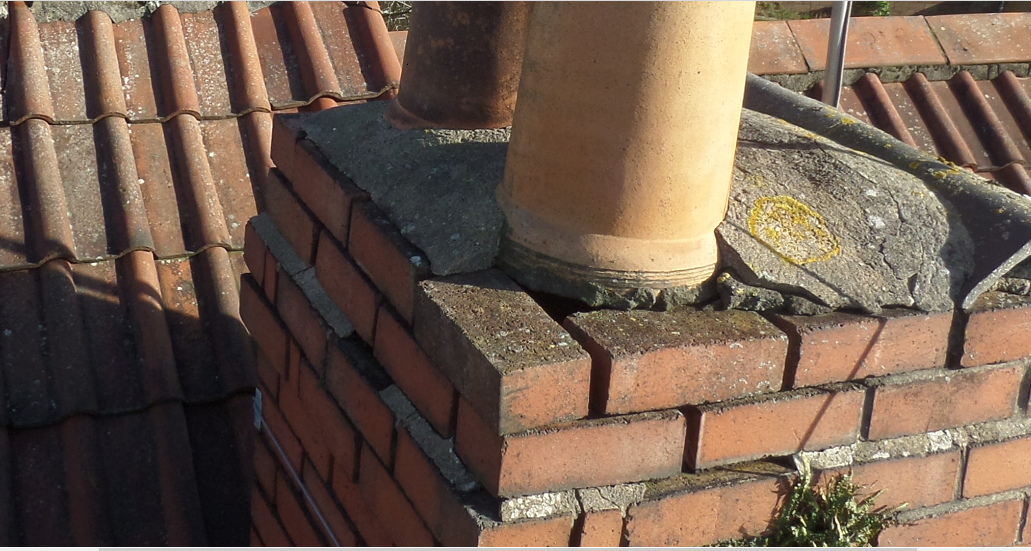Chimney
Chimneys
Chimneys and their pots come in many shapes and sizes. Some are easy to view, others less so. Chimneys can be costly to repair because access is awkward and expensive as scaffolding is usually required.The main problem with chimneys is their propensity to allow dampness into the property.
Simple Checks
- Have a look at the top of the stack – can you see any chimney pots present? if not they may have been removed and not capped off – in Bristol there are lots of open chambers where the pots have been removed and rainwater can run straight down inside the stack.
- Now run your eye down the stack, looking for any obvious failures in the pointing, (missing pieces of the mortar that bonds the brickwork together). The pointing should be in good condition to prevent penetrating dampness and to shed rainwater down the surface of the bricks (or stone) and away onto the roof. Older stacks are likely to be pointed with lime mortar rather than sand & cement. In Bristol, Buddleia are often found growing from the lime pointing of the stack or from parapet walls and the roots can cause damage to the brickwork
- Next, stand directly in line with the stack in front of the chimney and see if it leans. Whilst some misalignment may be acceptable due to prevailing winds, even a slight lean may signal a defect with the roof below or the condition of the brickwork.
You are unlikely to be able to see clearly the very top of the stack, the cement holding the pots in place (flaunching), the lead flashing surrounding the stack and the actual condition of the chimney pots or caps, but we can help. We always use our mast cameras as standard when undertaking our full building survey to help us inspect in detail the parts you cannot see.(https://www.youtube.com/watch?v=balBNOI64k0)

